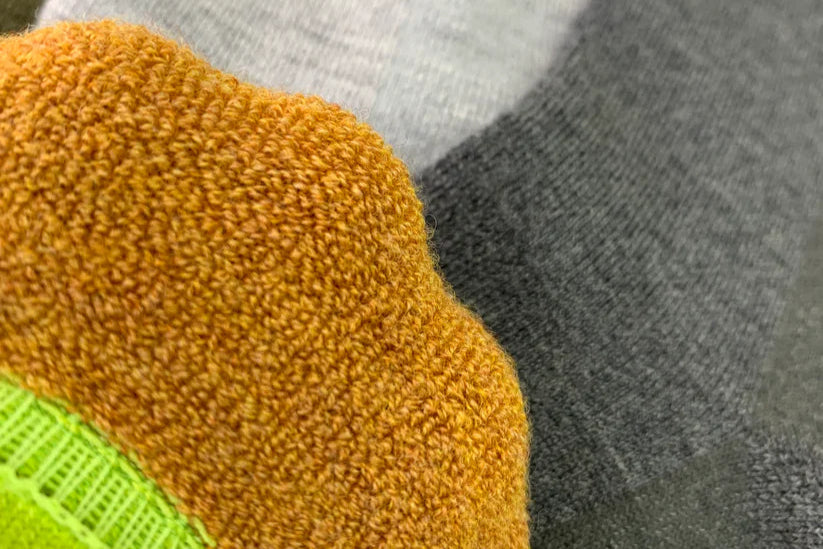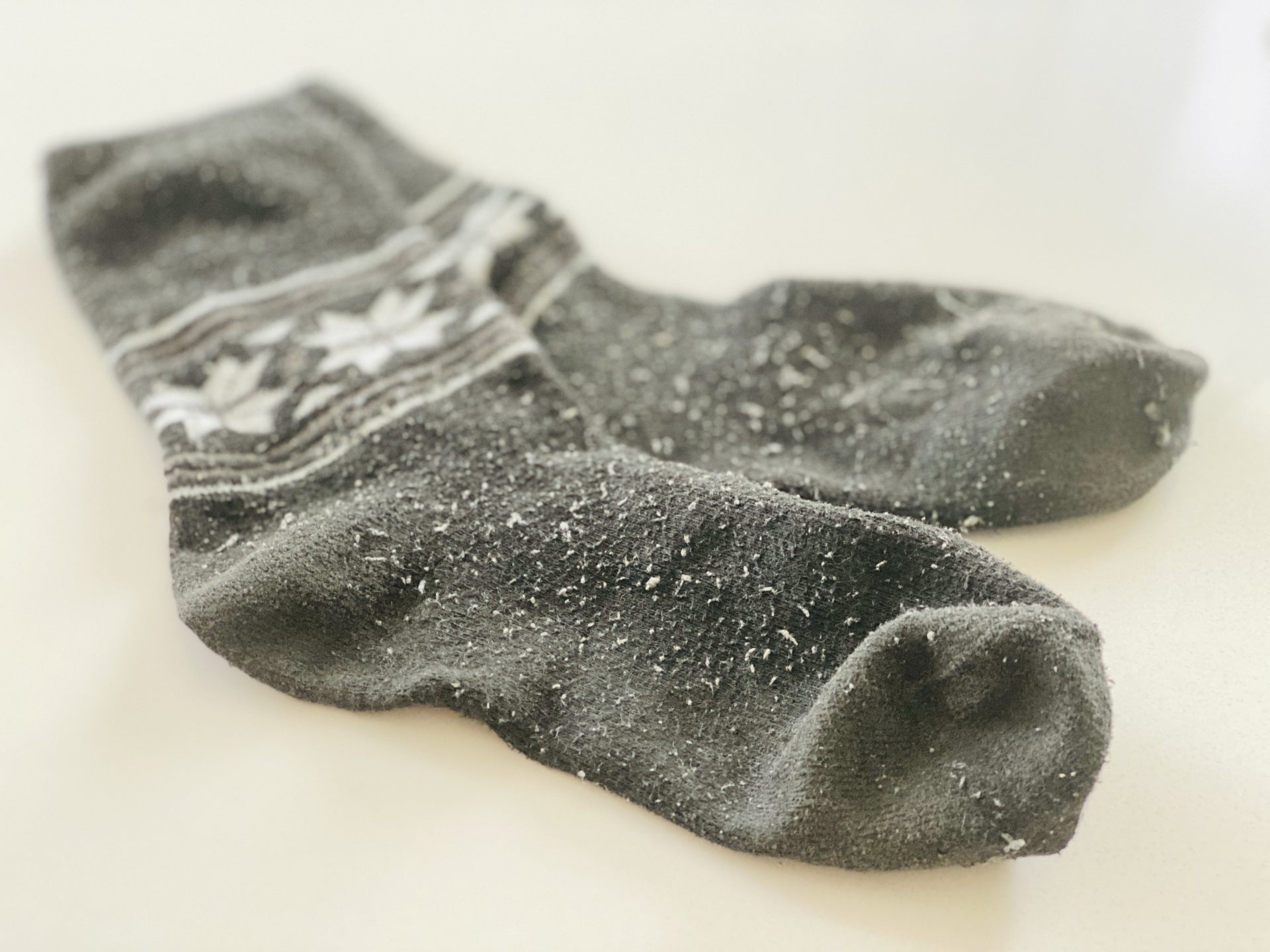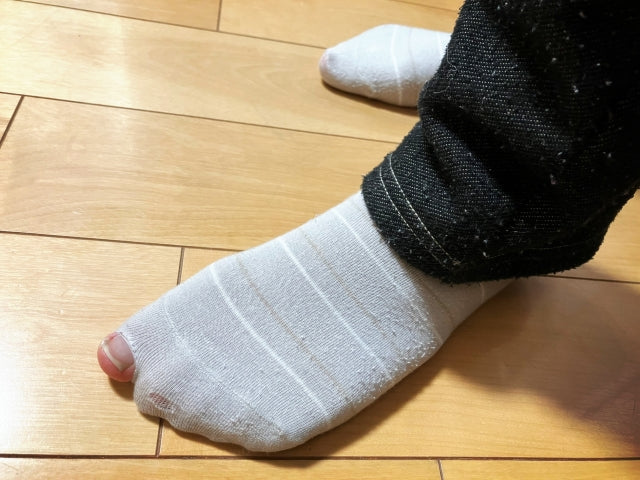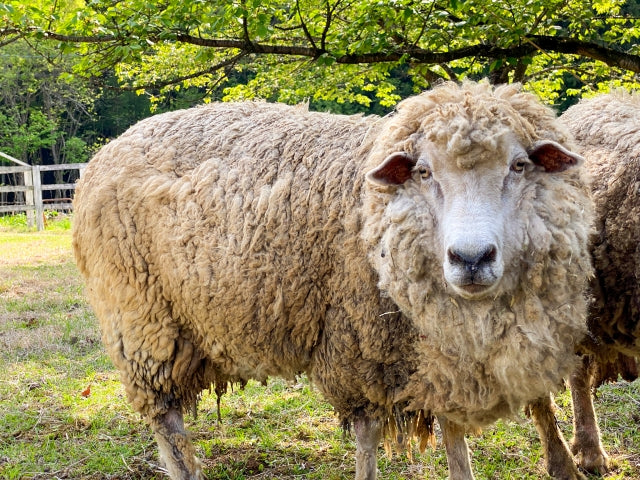【table of contents】
1. A "sense of incongruity" revealed through conversations with mountain climbing enthusiasts
2. The evolution of hiking boots: from heavy leather boots to lightweight, high-performance boots
3. Disadvantages of thick merino wool socks (problems arising from the evolution of shoes)
4. Symptoms that can occur if you rely too much on thick merino wool socks
5. Just like shoes, socks are now chosen for different occasions.
6. "Common sense in the store = correct answer" is not the same as "correct answer"
7. Summary: Socks are also an equipment that should be improved
A "sense of incongruity" revealed through conversations with mountain climbing enthusiasts
"Hiking boots have evolved so much, but it seems like socks haven't changed much since the old days ."
This is a phrase that came up when I was talking to a mountain climbing enthusiast who climbs mountains more than 60 times a year.
He has tried out a variety of shoes and socks over the years, but what he feels strongly about is the difference in the speed at which shoes and socks evolve .
It's true that hiking boots have evolved significantly over the past few decades.
In the past, heavy, hard leather shoes were the norm, with a simple structure consisting of just nails hammered into the soles. Walking for long periods of time caused pain to the feet, they would not dry if they got wet, and the only way to protect oneself from the cold was to rely on thick socks.

But modern hiking boots are different.
Using waterproof and breathable materials such as Gore-Tex, and with EVA and PU foam midsoles for enhanced cushioning, the shoes are lightweight and offer a comfortable fit.
There is also a wide variety of options to choose from for different occasions, from boots with insulation for the harsh winter to thin, lightweight shoes suitable for summer mountain climbing and long-distance hiking.
So, what about socks?
Are "merino wool" and "thick" really enough?
When it comes to hiking socks, the keywords you often see on the sales floor are "merino wool" and "thick."

Merino wool has excellent moisture-regulating, heat-retaining, and odor-resistant properties, making it undoubtedly the ideal material for mountain climbing.
Thick socks also play an important role as they provide cushioning to protect the soles of your feet during long hikes.
However, compared to the evolution of shoes, the lineup of socks is monotonous, and it seems that the attitude that "as long as I wear thick merino socks I'm safe" has continued for a long time.
In fact, outdoor shops often recommend that thick merino is best for mountain climbing.
However, we believe that the evolution of shoes has revealed the weaknesses of thick merino.
The disadvantages of thick merino socks due to shoe evolution
1. Overlapping cushions

The latest hiking boots are designed with highly cushioned soles.
Adding extra cushion with thick socks can disrupt the natural fit of your shoes and lead to blisters and blisters.
In particular, we often hear about cases where the socks are too thick and the inside of the shoes become cramped .
2. Excessive warmth
Winter hiking boots have built-in insulation, and layering thick merino socks can make you overheat, causing you to sweat too much and end up feeling colder .
This is called "sweat chill" and can lead to the risk of frostbite during severe winters.
3. Impairment of breathability
Even if your shoes are made with breathable materials such as Gore-Tex, if thick socks trap too much moisture, the breathability will not be fully realized .
As a result, you may be left feeling stuffy and uncomfortable, which can lead to skin problems.
4. Lightweight shoes

Trail running shoes and lightweight shoes for fast packing, which have become popular in recent years, are designed to be compatible with thin, light socks .
If you wear thick socks with these socks, you will lose that lightness and may feel more stuffy and tired.
Symptoms that can occur if you rely too much on thick merino socks
I actually heard this from mountain climbing enthusiasts.
・The spaces between your fingers get sweaty and you are prone to blisters
・The shoes are too thick and don't fit well, causing pain in the feet during the latter half of walking.
・I sweated a lot in the summer mountains, and my socks didn't dry, leaving me feeling uncomfortable.
・The thickness of the material causes pressure, which reduces blood flow and causes numbness in the toes.
In other words, thick merino socks are not a panacea; rather, what is needed is to " choose new socks that keep up with the evolution of shoes ."
Just like shoes, socks are now chosen for different occasions.
・Summer mountains and high temperature environments
A lightweight merino wool + synthetic blend , breathable mesh construction , and five-finger socks .
The five-finger type prevents stuffiness between the fingers and is also effective in preventing blisters.
OLENO five-finger + thin merino wool socks
・Traveling/long walks
These socks are made of thin to medium-weight merino wool and have reinforced heels and toes for durability . If they also have arch support, they will also help reduce fatigue.
OLENO midweight reinforced merino wool socks
・Winter mountains/Snowy mountains
It's made of medium to thick merino wool with a high level of insulation . In some cases, it may be effective to layer with liner socks. Thickness is an advantage here, but the key is to choose socks that will go well with your shoes.
OLENO mid-weight, highly insulating merino wool socks
"Common sense in the store = correct answer" is not the same as "correct answer"

Although the staff at outdoor shops are experienced, it is also true that they will only recommend products within the range they carry.
So even if someone says "thick merino is best," that doesn't necessarily mean it's right for your climbing style.
The important thing is to choose socks that suit the mountain you will be climbing, the shoes you will be using, the season, and the environment.
Summary: Socks are also a piece of equipment that should be improved
Just like hiking boots, socks should also be optimized for each situation, and now we need socks with a variety of functions and shapes.
Thick merino is never a bad choice
However, "thick" does not mean "all-purpose."
Are you currently able to choose socks that suit your climbing style?
If you always choose thick merino wool, you should definitely reconsider.
It will surely make a big difference in your comfort on the mountain.





